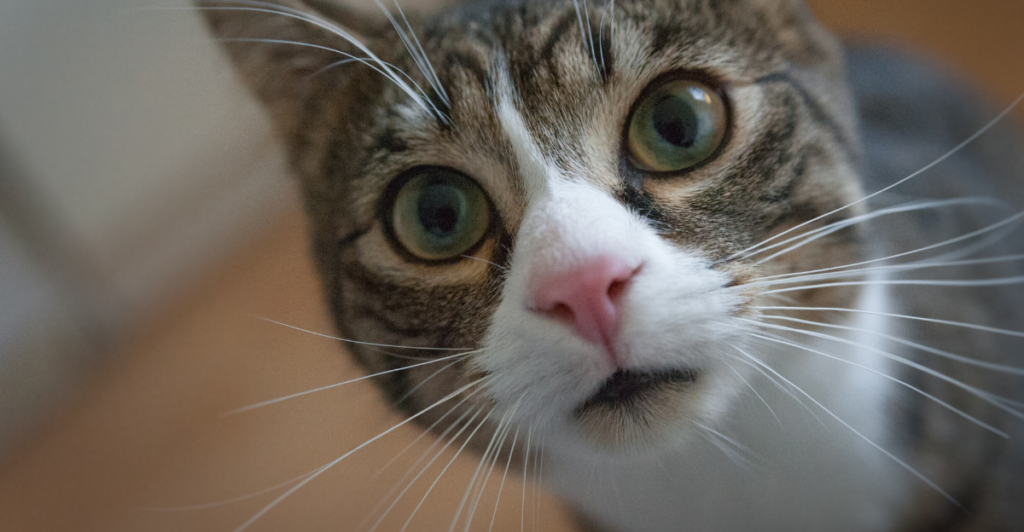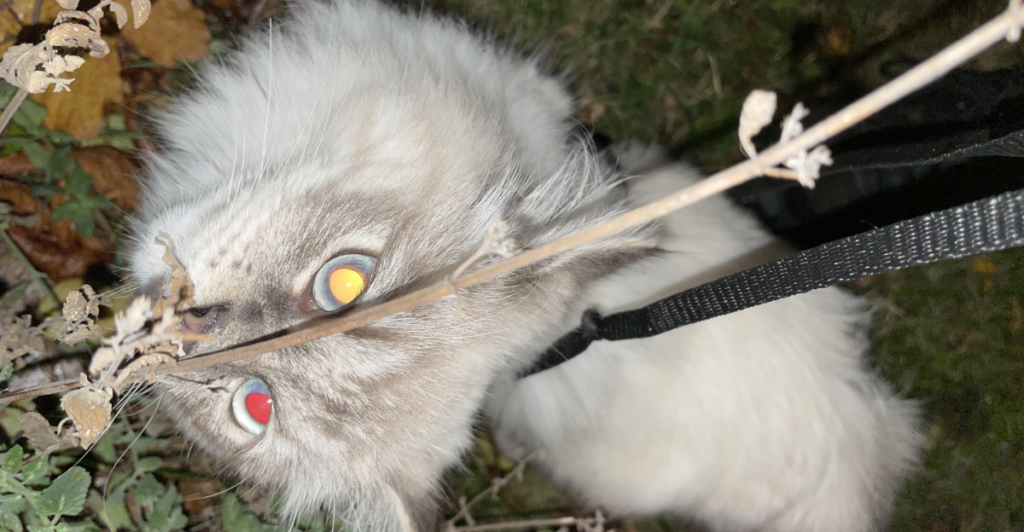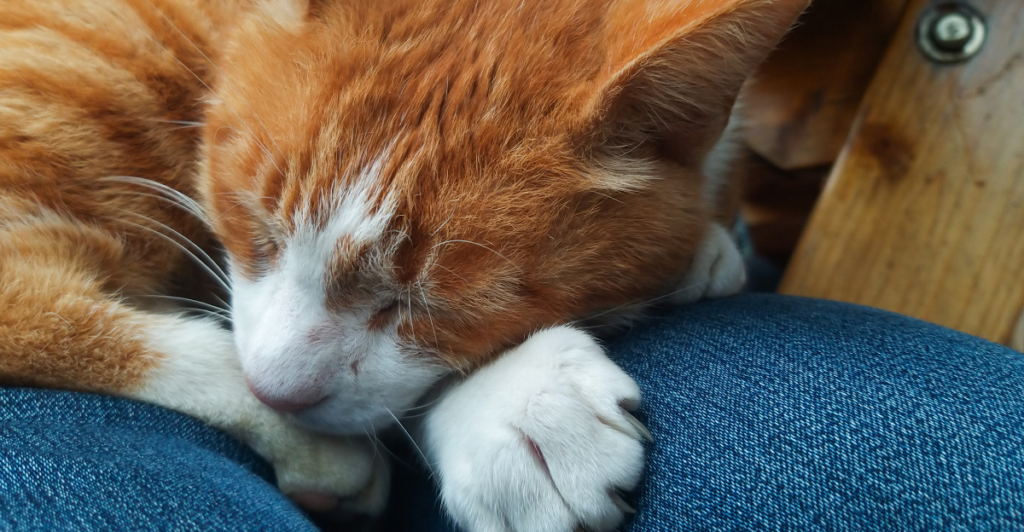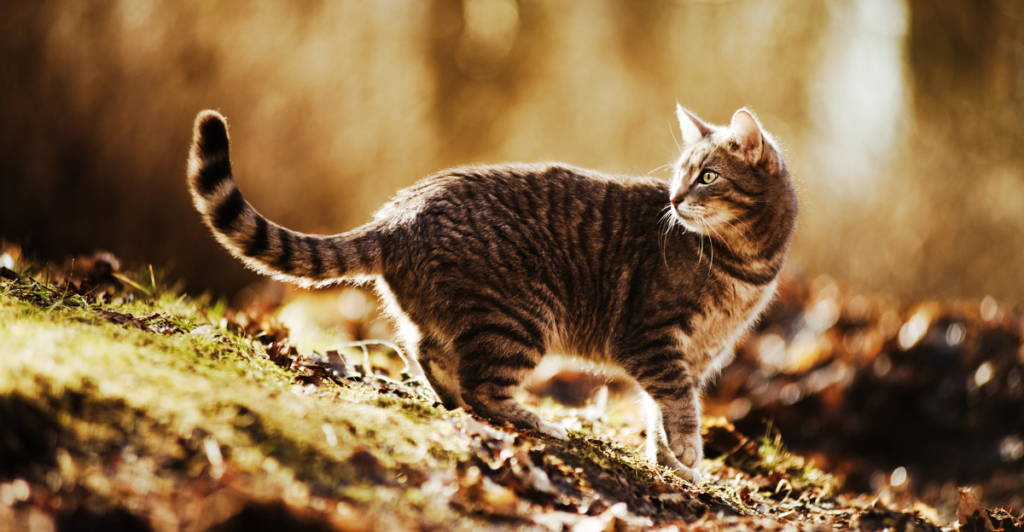
Ever notice your cat acting strangely before a storm rolls in or seeming uneasy for no obvious reason? Cats have an uncanny ability to sense environmental changes long before humans do. From detecting shifts in weather to picking up on subtle vibrations, their finely tuned instincts make them natural forecasters. But how do they do it? Here are 10 fascinating ways cats sense changes in their surroundings—often before we even realize something is different!
How Do Cats Sense Environmental Changes?

Cats are natural-born detectives when it comes to environmental shifts. Unlike humans, who rely mostly on sight and hearing, cats possess a complex sensory system that detects changes in ways we can’t even perceive. Their whiskers act as motion detectors, their ears pick up ultrasonic sounds, and their Jacobson’s organ allows them to “taste” the air. Perhaps most fascinating is their ability to sense atmospheric shifts. Many cat owners report their pets acting strangely before storms, earthquakes, or even medical emergencies. Scientists believe this is due to their heightened ability to detect vibrations, air pressure changes, and even electromagnetic fields. Beyond physical sensations, cats are also in tune with emotional energy. They often react to their owner’s mood swings, sensing stress, sadness, or excitement before words are spoken. With their finely tuned senses, cats are living barometers, always one step ahead of us when it comes to changes in the world around them.
1. Whiskers: Nature’s Radar

A cat’s whiskers are more than just adorable—they’re highly sensitive tools that detect changes in air pressure, temperature, and even nearby movement. This allows cats to sense incoming storms or even unseen objects in total darkness. Their whiskers act like radar, making them expert navigators in shifting environments.
2. Supercharged Night Vision

Cats don’t just see in the dark—they thrive in it. Thanks to the tapetum lucidum, a reflective layer in their eyes, they can amplify even the faintest light, allowing them to detect movement and environmental changes at night. Whether it’s spotting an intruder or sensing an approaching storm, their vision gives them a unique edge.
3. The Sound Spectrum We Can’t Hear

Humans have limited hearing, but cats? They can detect ultrasonic frequencies far beyond our range. This lets them pick up on rodent chatter, distant thunder, or even subtle shifts in electronic frequencies. Their ears rotate independently, helping them pinpoint sounds that signal changes in their surroundings.
4. The Secret Power of the Jacobson’s Organ

Ever see a cat make a weird “grimace” after sniffing something? That’s their Jacobson’s organ at work. Located on the roof of their mouth, this organ lets them “taste” the air, detecting pheromones and chemical shifts. This heightened sense helps them perceive environmental changes that humans are completely oblivious to.
5. Balance and Gravity Detection

Cats have an incredibly advanced vestibular system, which helps them detect even the slightest shifts in movement or gravity. This ability makes them acutely aware of earthquakes before they happen. Many reports suggest cats act restless or flee moments before tremors hit—long before humans feel a thing.
6. The Third Eyelid: A Built-In Warning System

A cat’s nictitating membrane, or third eyelid, is more than just a biological oddity. It can signal changes in their health due to stress, dehydration, or illness—often before symptoms are visible. A partially closed third eyelid can indicate discomfort caused by environmental shifts like humidity, pollutants, or allergens.
7. Unseen Vibrations: Feeling the World Beneath Their Paws

Cats don’t just hear and see changes—they feel them. Their paw pads are incredibly sensitive to vibrations, allowing them to detect distant footsteps, underground activity, or even the first tremors of an earthquake. Some experts believe this heightened sensitivity is why cats often flee moments before a quake strikes.
8. Temperature Sensitivity

Cats are highly attuned to temperature changes, preferring warmth that mimics freshly killed prey. A sudden drop in temperature can make them uneasy, leading them to seek shelter or warmth. This same sensitivity helps them detect approaching cold fronts or indoor temperature shifts that might go unnoticed by humans.
9. Emotional Sensitivity: Reading the Room

Cats aren’t just aware of physical changes—they pick up on emotional energy too. They can sense human stress, anxiety, or excitement, sometimes before we even recognize it ourselves. If a cat suddenly acts differently around you, it might be responding to an unseen shift in your emotional environment.
10. Merging the Senses for Total Awareness

Unlike humans, who rely on one or two senses at a time, cats integrate multiple senses to form a complete picture of their surroundings. By combining sight, sound, smell, and touch, they detect environmental changes faster and more accurately than we ever could. Their world is one of heightened perception.
Explore more of our trending stories and hit Follow to keep them coming to your feed!

Don’t miss out on more stories like this! Hit the Follow button at the top of this article to stay updated with the latest news. Share your thoughts in the comments—we’d love to hear from you!







